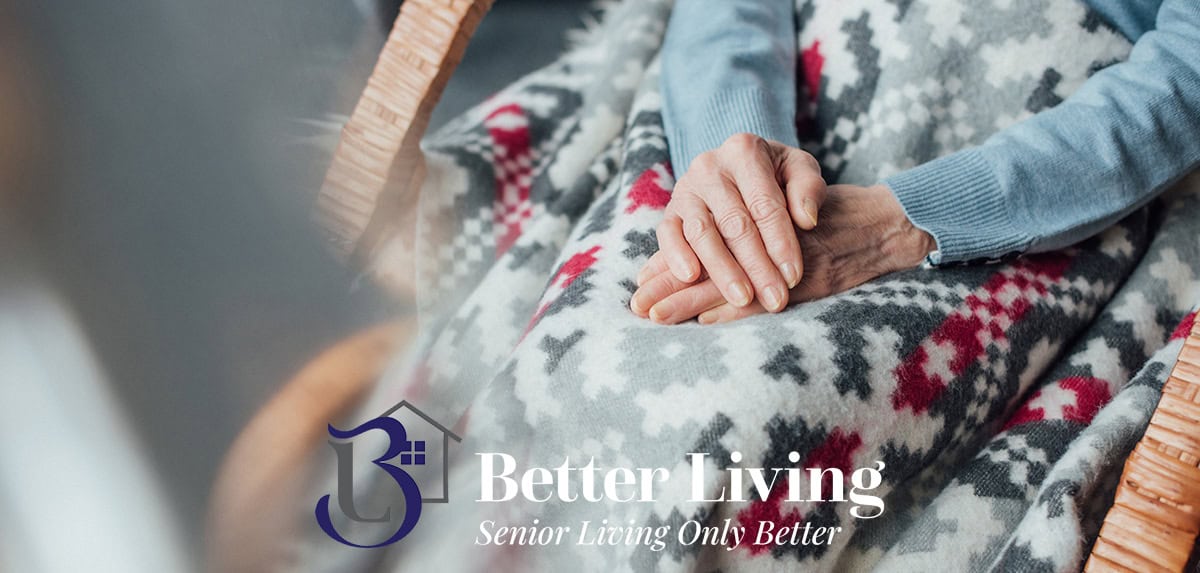As the air turns crisp and the leaves begin to fall, many of us welcome autumn with open arms. But for older adults, the change in season brings more than just pumpkin pie and cozy blankets — it also brings subtle shifts in the body that can impact comfort, energy, and overall health.
At Better Living communities, we love fall — and we take a proactive approach to help residents enjoy the season safely, warmly, and fully. Here’s how cooler temperatures can affect senior health — and what we do to make every day Better.
🌡️ 1. Temperature Regulation: Why Seniors Feel the Cold More
As we age, the body’s ability to regulate temperature declines. Thinner skin, reduced fat stores, and slower circulation can make older adults more sensitive to cold. Even mild temperature drops can lead to chills or discomfort.
💧 2. Hydration: The Hidden Fall Risk
When the weather cools, the natural thirst response decreases — meaning seniors may drink less water even though hydration is just as critical. Dehydration can increase confusion, fatigue, and risk of falls.
☀️ 3. Less Sunlight, Less Vitamin D
Shorter days and cooler weather often mean less time outdoors, which can lead to lower vitamin D levels — an important factor in bone health, immunity, and mood regulation.
🚶 4. Stiff Joints and Movement
Cold air can cause muscles and joints to tighten, especially for those with arthritis. Gentle movement, stretching, and heat can ease stiffness and keep residents mobile.
❤️ 5. The Warmth of Connection
Beyond the physical effects, the shorter, cooler days can sometimes bring feelings of isolation or ‘seasonal blues.’ Staying socially engaged and emotionally connected becomes vital.
🍂 Fall at Better Living: Comfort Meets Care
Fall is nature’s reminder that change can be beautiful — and preparation makes it even better. At Better Living, we don’t just respond to seasonal changes — we anticipate them, so our residents can focus on what really matters: enjoying the moment, the meal, and the memories.

